Slow is the new fast. Slowing down and focusing on the who, what and why behind what we buy and consume is building momentum in a really great way.
Let’s start with an informal beginning. The slow food movement as we know it began in the mid-80s by Carlo Petrini in Italy. It has since trickled down to restaurant and family dining tables all around the world – actually, it’s probably something you already gravitate towards when wandering down the grocery aisles/market stalls in your own town. The idea has a premise in preserving traditional cuisine, supporting local farms and building sustainability back into our food model. A happy byproduct is that we eat fresher and cleaner, we support our local economy, our neighborhood small businesses and we educate ourselves a bit more on what we’re putting into our bodies.
It is, to sum up, a celebration of of the farm-to-table process and it’s delicious.
So, what if we could apply this model to more? What if buying cleaner/fresher/more sustainably could apply to other parts of our life – including our hobbies – too?

Much of the goods we purchase on an everyday basis have been a little slower (pun intended) to catch up. We’ve seen sustainable movements in fashion and maybe home goods with varying results. It’s not because there’s not a desire to be more sustainable, but because we – as a community – have to work hard to seek it out. We can change that by changing the way we spend our time and our money. Surely there are a lot of us that are embracing the idea of #theartofslowliving.
If the slow movement resonates with you, then you’ll love the idea of Slow Crafting. It’s a way to equally love the idea of handmade (the process, the quality, the story). Knitters, seamstresses, printmakers, painters, potters, casual-weekend-sketchers, so many of us have that creative juice in there in some special way.
Here are four wonderful reasons why slow crafting is worthy of our energy, time and money:
1. It preserves traditional making in a beautiful way.
Building, shaping, creating with our hands is such a lovely, time-well-spent process. Even if you have just one Saturday morning a month, dedicating time to making (and learning) is good for the soul and the brain. Oh it’s so good! Embracing traditional crafting methods is a wonderful way to connect across generations – heck, centuries – with materials and tools that give us a new but old perspective on being creative.
2. It requires us to be mindful, patient and purposeful.
Even if only for a short time. Have you ever gotten lost in the process of making? Focused so intently on carving or drawing or weaving that the rest of the world sort of took a back seat, even for but a minute? Yes, that’s the feeling.
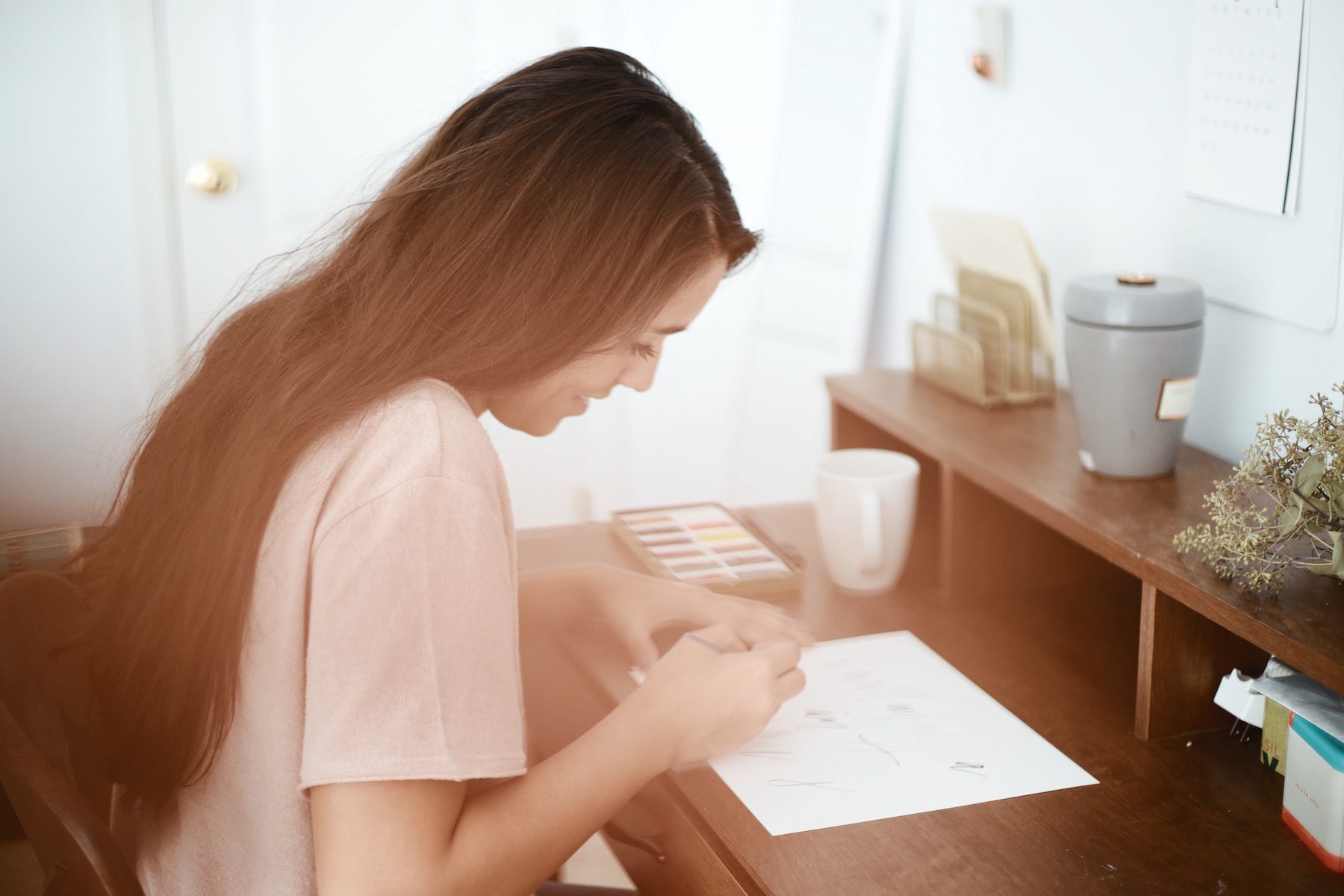
3. It supports other makers equally.
If you are an artist or a maker, you probably already see the value in sourcing small for your tools and materials. Buying handmade for your handmade supports a different type of maker (locally spun yarn for the scarf you’re making or handmade jewelry findings for your next chunky necklace) and also encourages the lifecycle of handmade.
4. It gives soul to what you are creating (and to your home).
The materials that make up a finished project reflect the hard work and beauty that went into making it. When we hold that object or hang that finished wall piece in our home, we can feel its roots. That’s a beautiful thing.
Today, we don’t have to visit a local alpaca farm to buy hand spun wool and we don’t have to canvas farmers’ markets to run into a local jeweler. We still can! But we also have awesome online resources such as Etsy that connect us to each other around the world.
The internet also offers helpful guides on where to source hard-to-find materials and tools in an assortment of blogs and publications run by artists themselves. Admittedly, this process does need work, but it feels like we have set the footing to grow in the right direction. This very challenge – ah, sourcing is such a frustrating challenge – was one of the frustrations my own business, The Crafter’s Box, sought to alleviate. On behalf of The Crafter’s Box, I work to seek out sustainable partnerships and support traditional making every day. It’s not the cheapest option, it’s certainly not the easiest option, but it continues to inspire when you’re able to meet artists and small businesses that are doing wonderful things in their own studios.
The materials that make up a finished project reflect the hard work and beauty that went into making it. When we hold that object or hang that finished wall piece in our home, we can feel its roots.
Does every little piece you own or work with have to have that slow mentality? No, definitely not. It’s all about incorporating what you can with where you are today in an effort to make little changes that will eventually make big changes. It’s about cutting out the excess, curating what you keep and treasuring what you spend your time on.
Hopefully the next time we are each inspired to make something with our hands we take joy into diving into the who, what and why of our creativity. Happy making!
What do you love to make? Do you think “slow living” is the way of the future?
Feature Image via Alandra Michelle

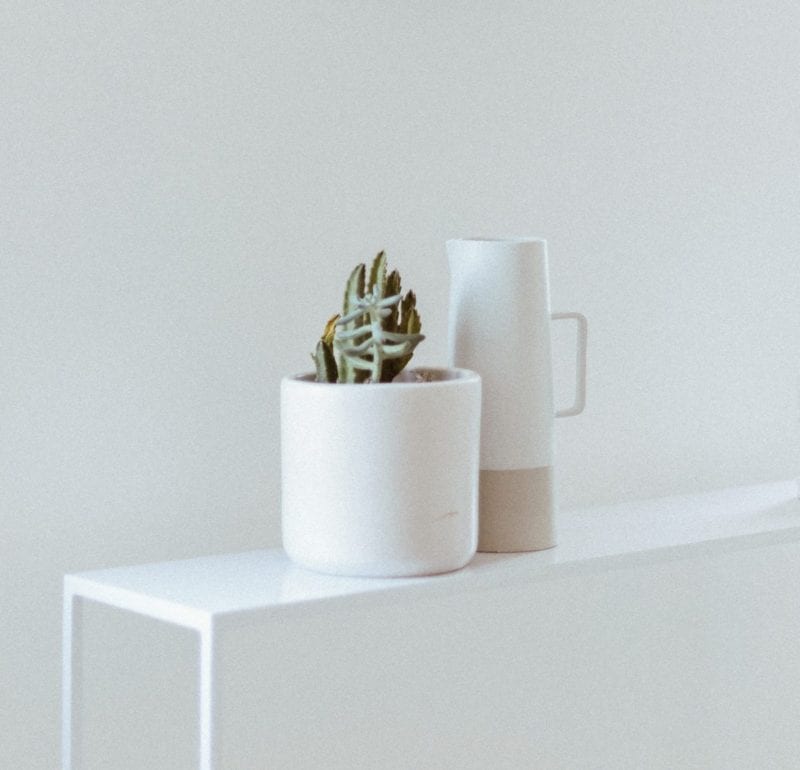






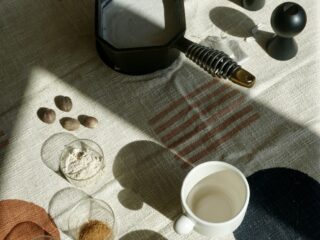

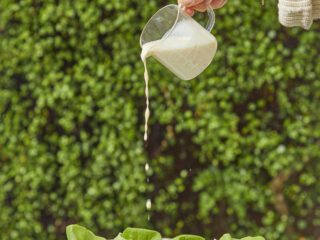
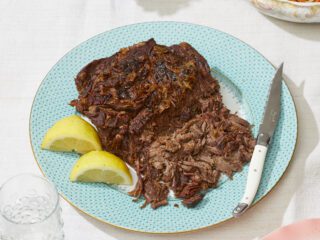
10 comments
We believe The Art of Slow Living movement will bring life back to the communities we call home. When one slows down to live a little slower, it can be amazing to discover and reap all of the benefits for your heart, home, and health. Our Artisan gallery is a venue to help facilitate our small town’s access to rediscovering the talent and beauty found locally. Thanks for a great article that we were more than happy to share with our friends and followers.
Love that SO much, Kari! Thank you for sharing.
Yes!! I love the return to slow, purposeful crafting. It’s so nice to have a hobby that lets me take a break from screens — the joy of creating something tangible is so refreshing.
I love the idea of a crafters box! I think it is so important to support local as well as small businesses. I love making bread from scratch, hanging dried flowers, and hand lettering! As well as taking photos, gardening, and lots of other homemaking/creative activities. I believe any one seeking to cut out excess, be more intentional and purposeful will find that slow living is the way. Thank you so much for listing all the benefits of slow crafting! I would love to learn weaving/macrame art for wall hangings etc. slow living is all about living with intentions what a wonderful and inspiring article!
Hannah http://www.recovering-hope.blogspot.com
Thank you, Hannah! Everything you mentioned is so much in my wheel well, too. I love all of that and I feel that it does the soul so much good when we make time for making – and ultimately for what we love.
I’m loving this trend! I learned basic knitting a few years ago, but haven’t practiced in a while… Maybe it’s time to break out my needles!
Ahhh love that! I’m so happy to hear you’re inspired!
I’m building a knitting/crocheting business and I’m so hungry to move towards more sustainable yarn. I’m hoping once I get more of a cash flow in from the business I can move more towards it! Diving back into the crafting business has been amazing for my soul, and wanting to make it my business has helped my drive in life! I felt stuck for a little while as to what I wanted to do with my life, but after I picked up my crochet hook and knitting needles after a couple year hiatus, it honestly feels like my life has turned around. I have no idea where I would be now without it!
I love the farm-to-table approach that many restaurants have taken a liking to lately. What a great idea to bring slowness into other aspects of life. It definitely beats factory-produced goods.
–
Charmaine Ng | Architecture & Lifestyle Blog
https://charmainenyw.com